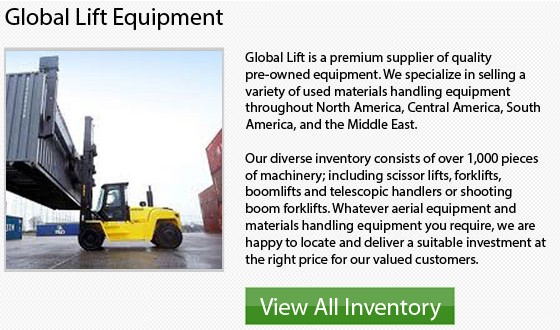
Types of forklifts:
Choosing amongst electric, hybrid or internal combustion is a main consideration when buying a forklift. Every technology has its disadvantages and advantages. It is vital to distinguish one type of forklift from another and to choose the right kind for the application. The following information can help you to select the forklift that best fits your needs.
A major advantage of electric is long-term cost savings. The first outlay to buy spare batteries can seem costly, but you save a lot of money by not having to buy fuel and bring it to the work site. If you use some type of alternative source of energy, like windmills or solar panels, you can save even more money.
The disadvantage of electric is that changing out the batteries and downtime for charging the lift has to be considered. This technology continues to improve as new methods of utilizing electric technology advances.
Variations on Forklifts:
Stand-up rider forklifts - These electric-powered forklifts have counterbalance weights constructed into the body and are made so that the driver rides in the body of the truck.
Stand-up, narrow aisle rider - Best for areas with tight spaces. Rather than having counterweight within its body, this electric forklift is designed with straddle legs on every side in order to provide stability.
Sit-down rider - The counterbalance is located at the back of this sit-down rider.
Motorized hand-pallet jacks - It is a low-lift truck which has forks and is designed so that the driver can stand on the back. Other models are designed to be walked.
Reach forklift - This type of forklift has a boom for long reach. The forklift is made to be stable on uneven surfaces by having the outriggers at the front.